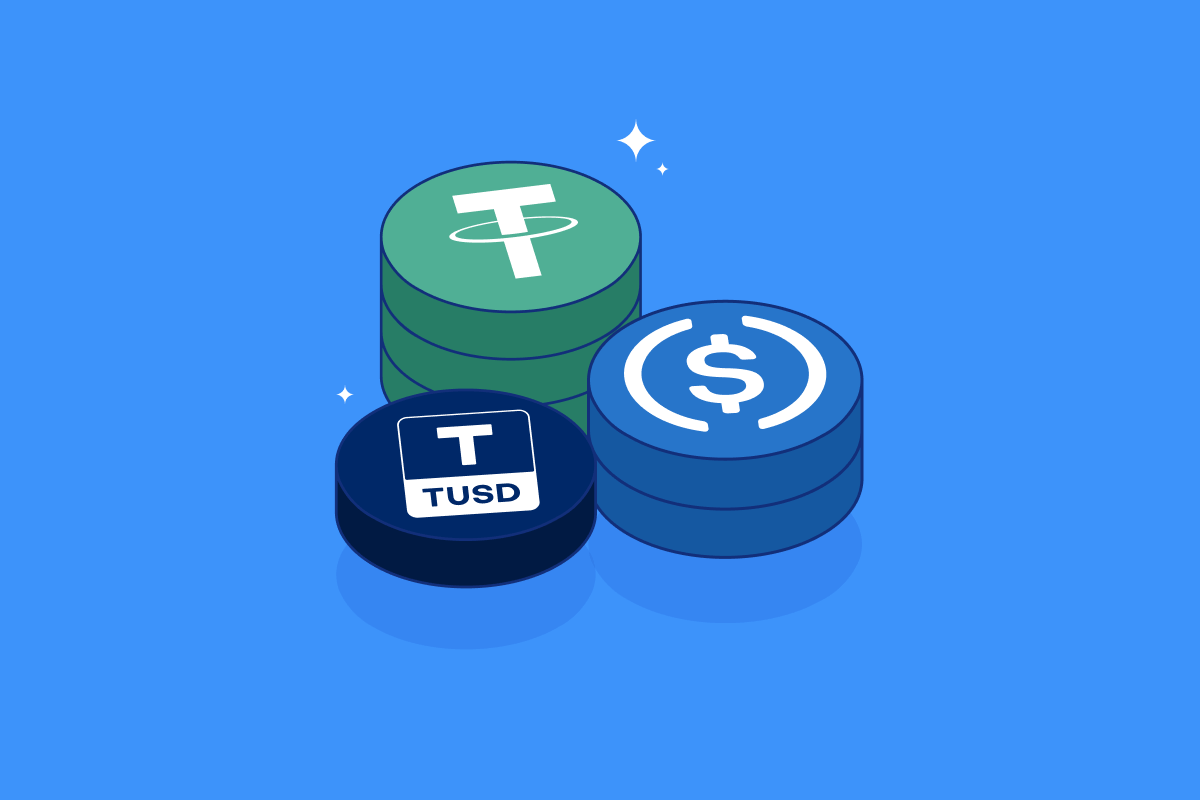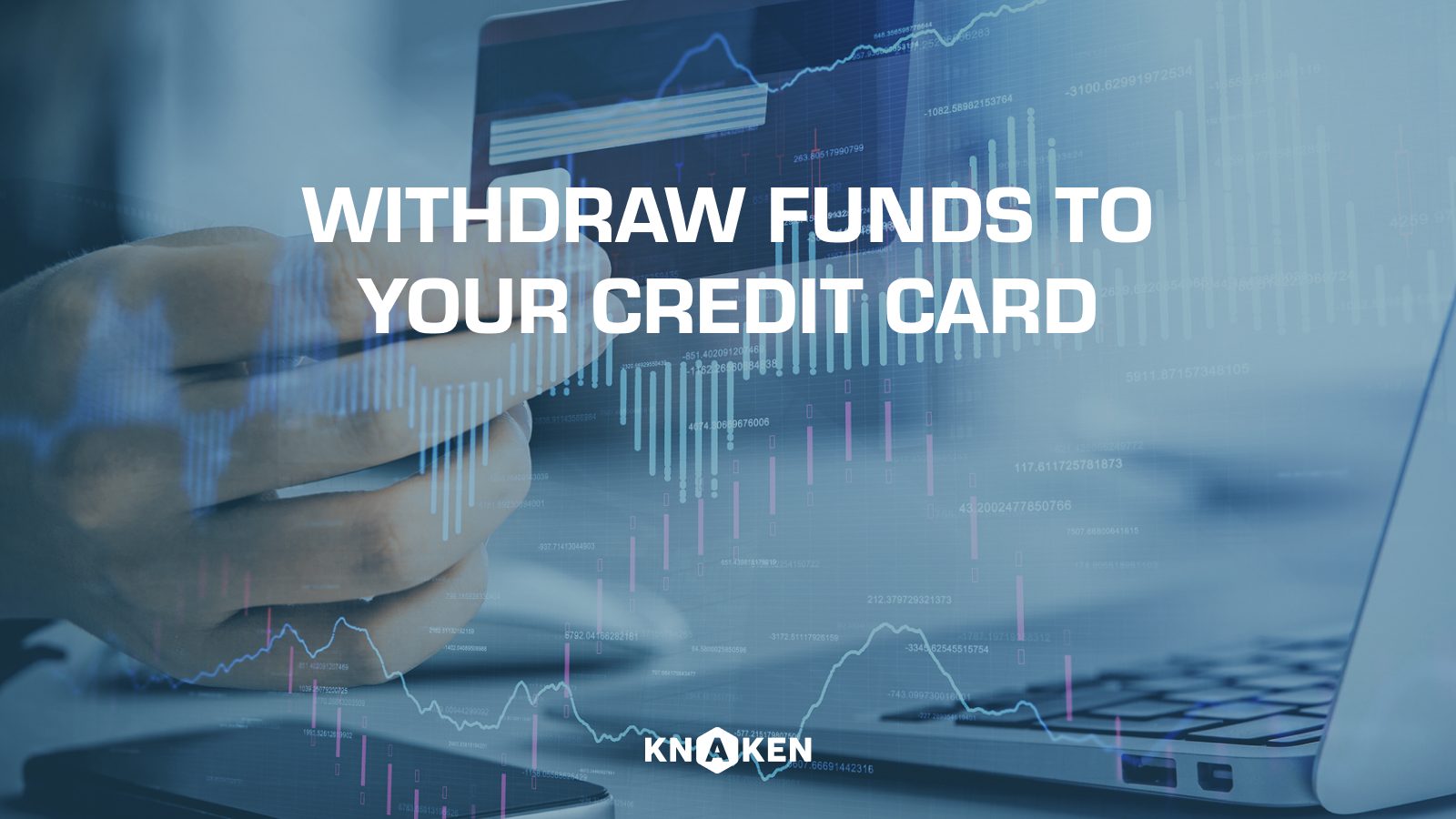Proof of Burn
Overview of Proof of Burn
Proof of Burn (PoB) is a consensus mechanism used in various cryptocurrency networks as a means to achieve distributed consensus while also attempting to mitigate some of the environmental concerns associated with traditional mining processes, such as those found in Proof of Work (PoW). It operates on the principle of committing or “burning” a certain amount of cryptocurrency tokens to demonstrate commitment to the network and gain the ability to create new blocks.
How Proof of Burn Works
In a Proof of Burn system, participants are required to send coins to an address that is provably unspendable, effectively removing those coins from circulation. This action serves several purposes:
- Commitment to the Network: By burning coins, users show commitment and belief in the future value of the cryptocurrency.
- Creating New Coins: Participants who burn a certain amount of coins are often rewarded with the newly created coins of the network.
- Distributed Consensus: The process helps maintain the security and decentralization of the network without heavy resource consumption like that of PoW.
Advantages of Proof of Burn
Proof of Burn presents several advantages over other consensus mechanisms, including:
- Reduced Environmental Impact: As PoB does not rely on resource-intensive mining, it has a lower carbon footprint.
- Long-term Investment: Burning coins can be seen as a long-term investment strategy, aligning the interests of participants with the health of the network.
- Security: The act of burning coins can contribute to the network’s security by reducing the number of circulating tokens and increasing their theoretical scarcity.
Disadvantages of Proof of Burn
While Proof of Burn has its merits, it also comes with drawbacks:
- Irreversibility: Once coins are burned, they cannot be recovered, potentially leading to significant losses if the network fails to thrive.
- Market Manipulation: Large holders, or “whales,” could manipulate the system by burning a substantial amount of coins to gain control over the network.
- Economic Incentives: The economic model must be carefully crafted to ensure that it remains attractive for users and does not lead to a decrease in overall investment.
Examples of Proof of Burn in Cryptocurrency
Several cryptocurrencies have implemented Proof of Burn as a consensus mechanism, including:
- Counterparty: A protocol built on Bitcoin that uses PoB for its token creation process.
- Siacoin: The Sia platform leverages Proof of Burn to allow users to mint new Siacoins.
- Factom: This blockchain project employs Proof of Burn to fund and secure the network.
Comparison with Other Consensus Mechanisms
Proof of Burn can be compared to other consensus mechanisms, such as:
- Proof of Work (PoW): Requires computational power to solve cryptographic puzzles.
- Proof of Stake (PoS): Participants stake their coins to validate transactions, rather than burning them.
- Delegated Proof of Stake (DPoS): Utilizes elected delegates to validate transactions, increasing scalability.
Conclusion
Proof of Burn is an innovative approach to achieving consensus in blockchain networks, aiming to align user investment with network success and mitigate environmental concerns. While it offers numerous benefits such as reduced environmental impact and long-term commitment, it also poses risks that participants must consider carefully. As the cryptocurrency landscape continues to evolve, Proof of Burn may serve as a valuable alternative for achieving decentralized consensus in the future.


















